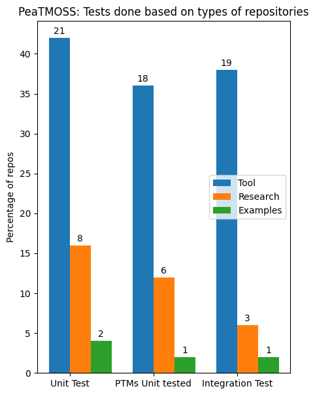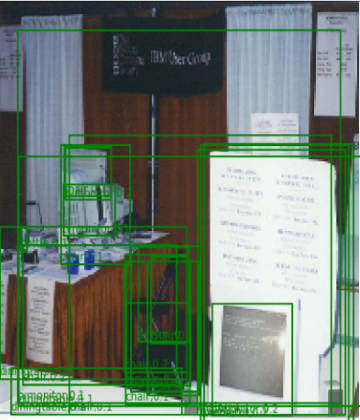Software Engineer - SLB (Schlumberger Ltd.)

I am working as a Software Engineer at SLB in the Industrial IoT Applications team. I recently completed my master's in Electrical and Computer Engineer from Purdue University (West Lafayette) with a focus on Artificial Intelligence. Earlier, I did my bachelor's from Indian Institute of Technology Guwahati in 2019 majoring in Electronics and Communication Engineering. My passion is Computer Science. I am currently interested in building ML applications and software solutions involving Deep Learning, Generative AI, LLMs, Cloud Computing and Optimization. Previously, I have worked as a software developer at Adobe Inc. India in the Business Platform Engineering group which is a part of Adobe's e-commerce tribe.






Author(s): Sayak Chakrabarty, Souradip Pal This study introduces a two-step scoring system to predict answers by eliminating incorrect options in multiple-choice visual reasoning tasks. It also investigates the performance of open-source multi-modal models like GIT, BLIP etc. on benchmark datasets like VQA,ScienceQA and AI2D in both single-shot and few-shot settings.
Author(s): Sayak Chakrabarty, Souradip Pal This research presents a large language model (LLM)-based application that developers can use as a support tool to generate basic documentation for any publicly available source code. The tool is a RAG application built on LangChain using HNSW similarity search algorithm and also allows custom code data generation and QLoRA techniques to support easy fine-tuning of open-source LLMs like LLama2 and Gemma.
Author(s): Bikram Paul, Souradip Pal, Abhishek Agrawal, Dr. Gaurav Trivedi This research explores post-quantum cryptography methods and proposes a novel approach to design an encryption scheme based on the chaotic dynamic physical system, which is derived from a mechanical model of a triple-pendulum system depicting nonlinear dynamics. The proposed cryptography scheme exhibits resistance against various attacks and is validated using benchmark tests, such as Lyapunov exponents test, bifurcation diagrams, sensitivity to parametric and to initial values, ergodicity, collision test, NIST, diehard randomness test etc. The proposed algorithm is implemented on an FPGA using System-Verilog.

This project shows a study of the common testing patterns (unit, integration, e2e) involved in open source software projects that uses Pre-Trained machine learning models.

This project involved studying the effect of context length on the variances of the expected returns of the Decision Transformer model in OpenAI Gym environments and Atari games in both online and offline settings.

This project includes several experiments to reproduce the results of the paper "Bounding Box Regression with Uncertainty for Accurate Object Detection" by He et al. The paper introduces a new regression loss function called KL-Loss for accurately predicting the bounding box locations for object detection using localization variances. The methods in the paper were reimplemented in PyTorch and tested on PASCAL-VOC dataset.

The aim of this project was to segment speech sequences based on speaker transitions, where the number of speakers is not known beforehand. Additionally, it can identify the number of speakers along with the zones where single or multiple speakers are active. Both supervised and unsupervised diarization approaches on LPC(Linear Predictive Coding) features were performed and tested on synthesized audio clips.
The problem involves building a hardware-in-the-loop simulation with a DC motor as a software plant, and a proportional control algorithm running on the Arduino. The process is expected to run in real time which means that a delay should not be used. An OpenModelica package was built which is able to conduct such Arduino involving HIL simulation using interprocessing communication.
If you have any questions, or if you just want to say hi, please feel free to send a message or email me. To connect with me, please make sure to follow me in any of the social media links below.